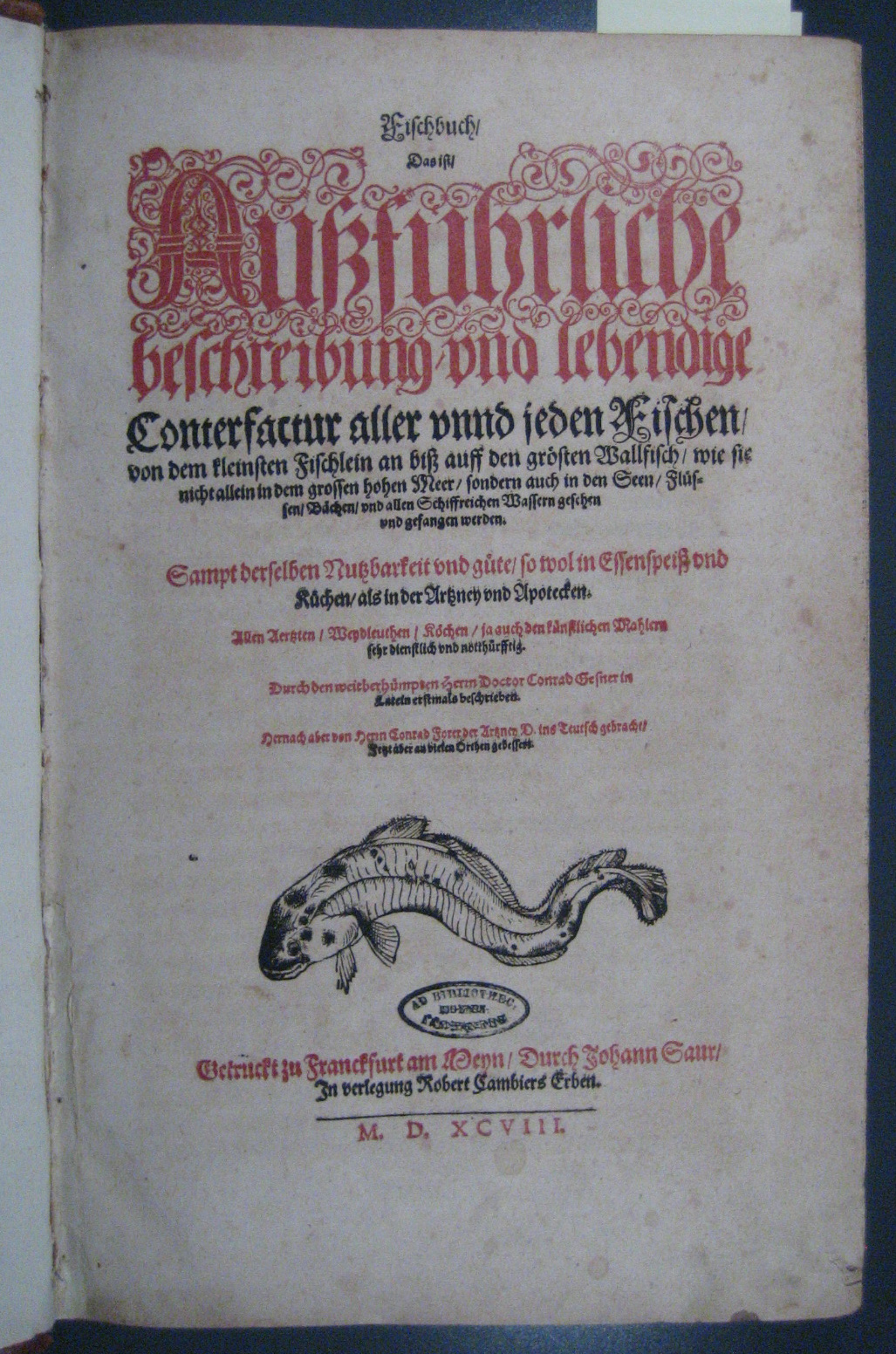




From Telegonos to Cleopatra in Antiquity and Lucrezia Borgia in the Renaissance, venoms and poisons have constantly been present in life and history. Obscure machinations and suicides have destroyed more than one life, in addition to mistakes and deadly encounters. Legends and myths staging witches, poisonous virgins, and frightful dragons circulated in society together with a vast knowledge gained gradually through observation and carefully handed down through the centuries. Therapies were present in both learned literature and popular knowledge, from a simple tourniquet to medicines artfully concocted with multiple ingredients.
Transmitted by hand in manuscripts carefully produced, the literature on venoms and poisons resulting from millennia of experience and manipulations started to be mechanically reproduced around the mid-fifteenth century thanks to the advent of printing. Coming after the period identified as the Middle Ages, the Renaissance promoted a return to classical Antiquity with a particular focus on ancient Greece. In the sciences, this new orientation took the form of a departure from current literature, made of treatises in Latin by Western scholars, Latin translations of works originally written in Arabic, and also Latin translations of the Arabic versions of Greek oeuvres.
This return to the source of subsequent knowledge–rooted in Greek science–has been read as the rejection of medieval scientific literature (including treatises on venoms and poisons) and to the building of a new science.
A closer examination of the multiple works produced at that time–many of which are now in the library collections of UCLA–leads to a different reading of history. It shows that Renaissance science did not necessarily eliminate the medieval imaginary world of venoms and poisons. On the contrary, the Greek scientific literature reinvigorated the interest in lethal agents in an apparently surprising way, and reintroduced medical practices using venomous animals, even though it changed their perception.
This history, presented here through UCLA holdings only, proceeds in clear phases identified by a title expressing their specificity and briefly introduced by a short text stressing their role in the history of venoms, poisons, and medicines. The books that contributed to the making of each of these phases then take the stage: after their description comes an assessment of their contribution to the history reconstructed here, sometimes with the life of their author when it helps to understand their works.
A list of readings provides the references of modern scholarly works that will help users of the site to expand and deepen their knowledge of the history of venoms and poisons in the Renaissance and beyond.
The present Website has been possible thanks to Professor Johanna Drucker, UCLA. It was developed under the supervision of Dr. Alain Touwaide, Institute for the Preservation of Medical Traditions/UCLA as an application of the course INF ST Books of Science/Science of the Book [link], and launched on the occasion of the Symposium Medical Traditions for the 21st century [link] organized by the UCLA Center for Medieval and Renaissance Studies, February 27 and 28, 2016.
General concept of the site, selection of the books, and writing of the narratives (home page, introduction to each parts, and contents of books) by Dr. Alain Touwaide. Description of the books, selection of the pages reproduced and biography of the authors by Mead Bowen [MB], Julia F. Crisler [JFC], Stewart Hawkins [SH], James Misson [JM], and Cody Petit [CP].
Reader service at the Louis M Darling Bio Medical Library, Special Collections, was provided by Russell Johnson.
Coordination between Alain Touwaide and his team on the one hand and the technical team, on the other hand, by Gabriela Chitwood.
Technical team included Kelly Tang, Raphael Sasayama, Rob Montoya, and Katherine Kaemmerling.